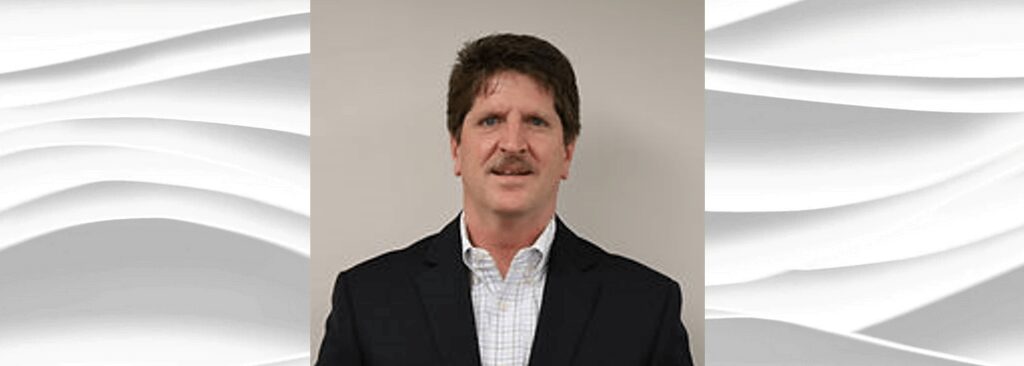Episode 186 – Scaling Strategically: Portfolio of Firms vs. Scaling a Single Firm – Member Case by Peter Kang
Join us for an insightful session that explores the strategic considerations and benefits of scaling through a portfolio of firms versus scaling a single firm. This session will provide a comprehensive analysis of both approaches, helping you determine the best path to sustainable growth and market dominance. We will delve into strategies for managing risk, allocating resources, and driving innovation across multiple firms compared to focusing on a single entity.










